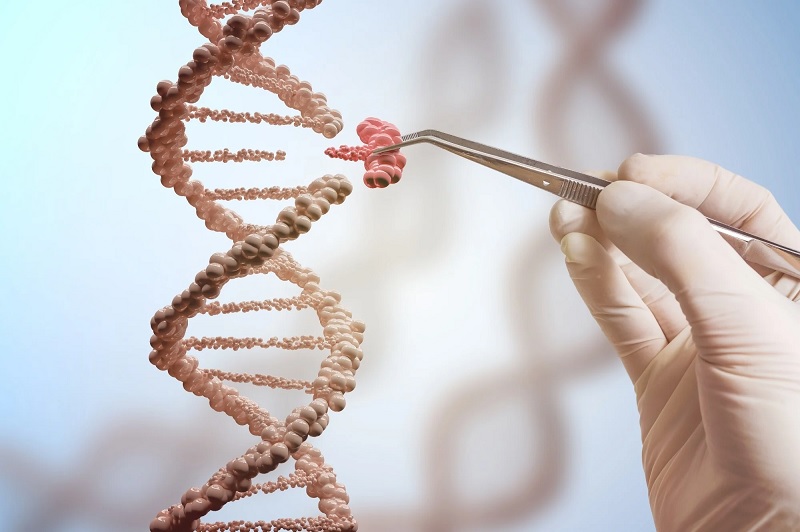
The Role of CRISPR (Clustered Regularly Interspaced Short Palindromic Repeats) in Treating Genetic Disorders
The Role of CRISPR (Clustered Regularly Interspaced Short Palindromic Repeats) in Treating Genetic Disorders
Introduction
Genetic disorders have long posed significant challenges in medicine, often requiring lifelong treatment and management. However, the emergence of CRISPR (Clustered Regularly Interspaced Short Palindromic Repeats) has revolutionized the field of genetic medicine. This groundbreaking gene-editing technology offers precise, efficient, and cost-effective methods to correct genetic mutations at their source. But how does CRISPR work, and what role does it play in treating genetic disorders?
Understanding CRISPR Technology
CRISPR is a molecular tool derived from bacterial immune systems that enables scientists to edit DNA with unprecedented precision. The system consists of two main components:
- Cas9 enzyme – A protein that acts like molecular scissors to cut DNA at a specific location.
- Guide RNA (gRNA) – A customized RNA sequence that directs Cas9 to the target gene for modification.
Once the DNA is cut, the cell’s natural repair mechanisms can either disable a malfunctioning gene or replace it with a corrected version.
Applications of CRISPR in Genetic Disorders
CRISPR has shown immense promise in treating a variety of genetic disorders, including:
1. Sickle Cell Disease and Beta-Thalassemia
Both conditions result from mutations affecting hemoglobin production. CRISPR has been used to edit hematopoietic stem cells, restoring normal hemoglobin levels and alleviating disease symptoms. Clinical trials have already demonstrated significant success in patients undergoing this treatment.
2. Cystic Fibrosis
Cystic fibrosis (CF) is caused by mutations in the CFTR gene, leading to thick mucus buildup in the lungs. Scientists are exploring CRISPR-based approaches to correct these mutations directly in patient cells, potentially offering a permanent cure.
3. Huntington’s Disease
A neurodegenerative disorder caused by excessive repeats in the HTT gene, Huntington’s disease has no cure. CRISPR has shown potential in reducing these harmful repeats, slowing disease progression in experimental models.
4. Duchenne Muscular Dystrophy (DMD)
DMD is a severe muscle-wasting disease caused by mutations in the dystrophin gene. CRISPR has successfully restored dystrophin production in animal models, paving the way for human trials.
Ethical and Safety Considerations
While CRISPR offers incredible therapeutic potential, its application raises ethical and safety concerns:
- Off-target effects: Unintended genetic modifications could lead to harmful mutations.
- Germline editing: Altering reproductive cells may have unforeseen consequences for future generations.
- Regulatory challenges: Establishing safe and ethical guidelines for human gene editing is crucial to responsible usage.
Conclusion
CRISPR represents a revolutionary breakthrough in genetic medicine, providing hope for patients with previously untreatable genetic disorders. While challenges remain, continued research, clinical trials, and ethical considerations will shape its future in medicine. As CRISPR technology advances, it has the potential to transform lives by offering curative solutions for genetic diseases, bringing us closer to a new era of personalized medicine.
What are your thoughts on the use of CRISPR in treating genetic disorders? Share your opinions in the comments!













